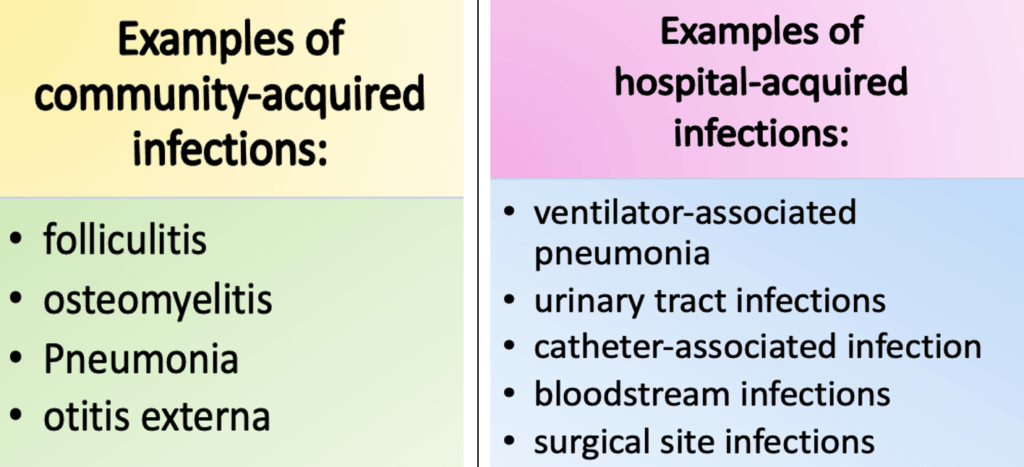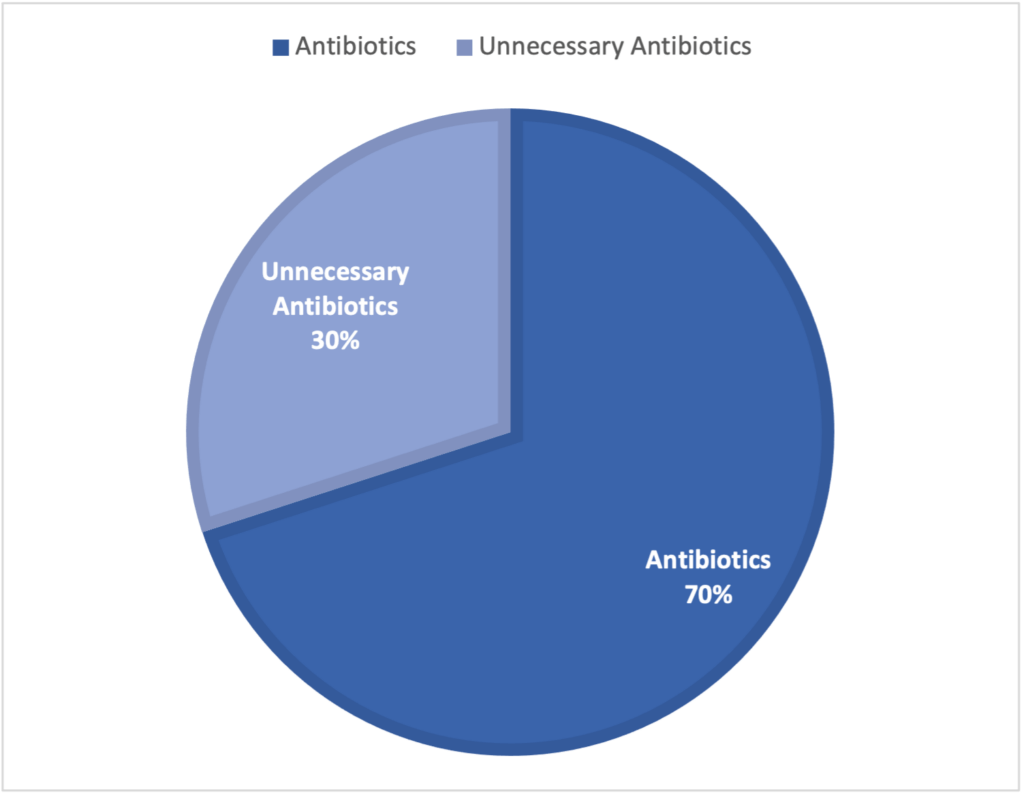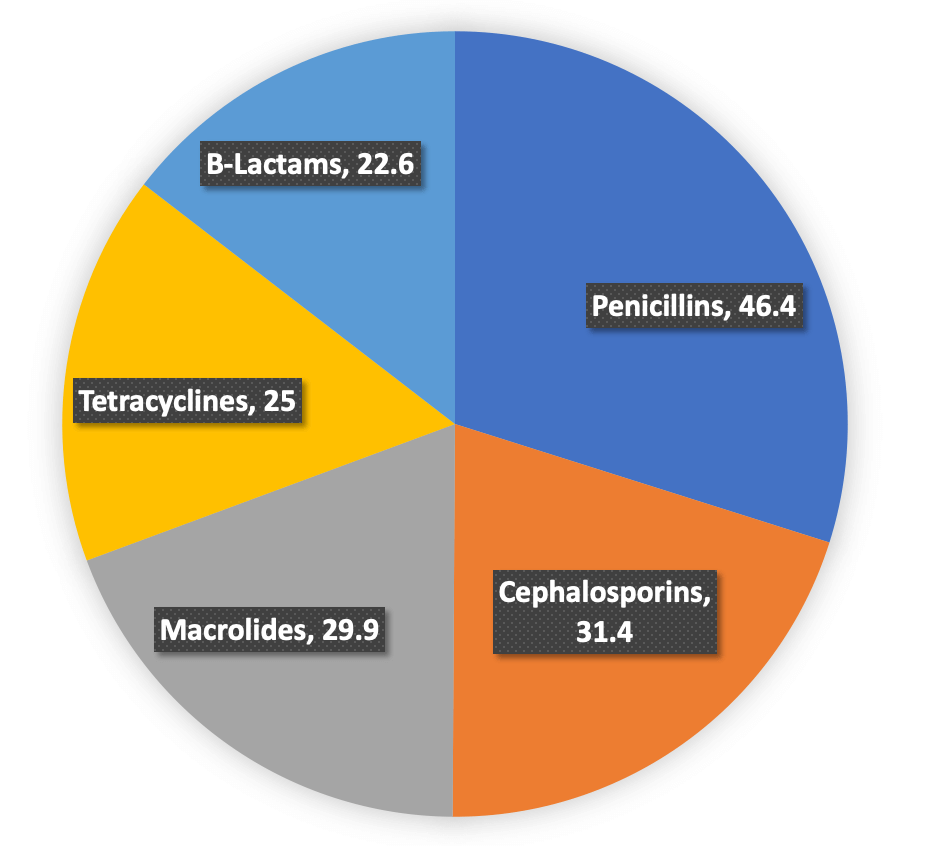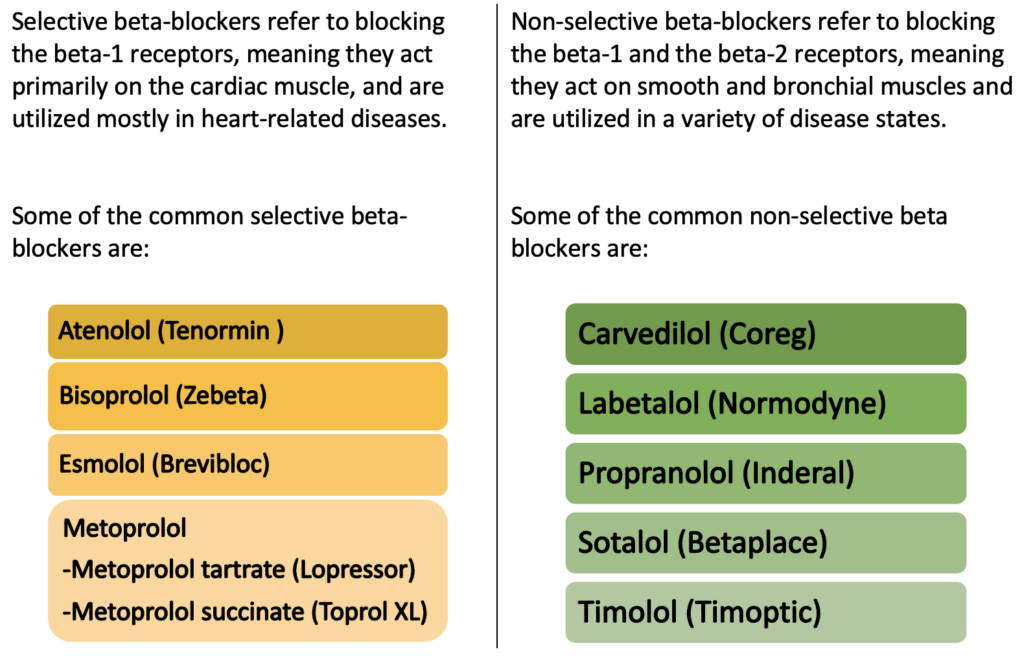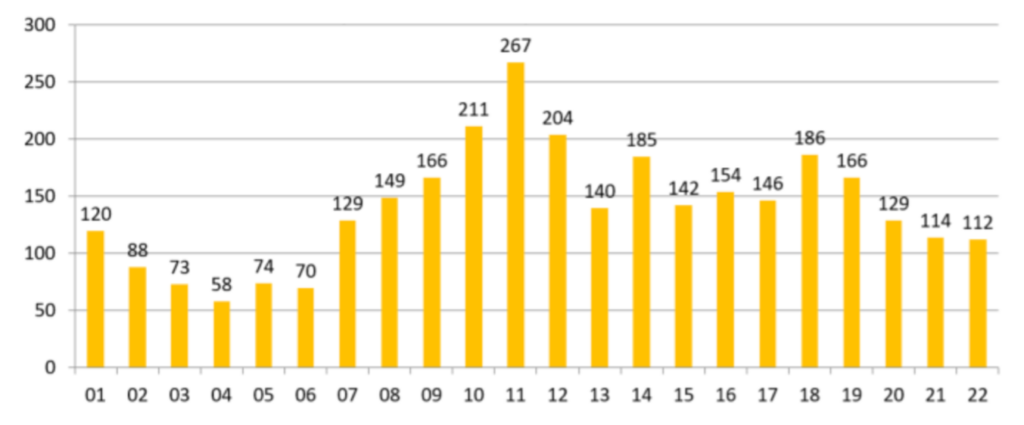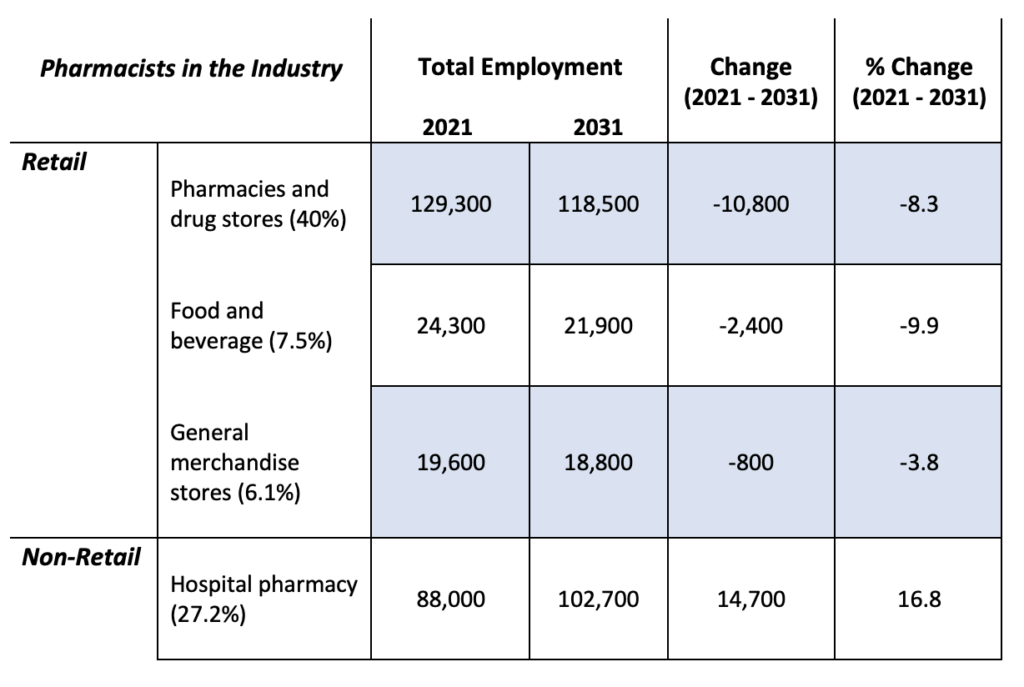Pharmacy Entrepreneurs: A new career pathway in our uncertain economic climate

A pharmacy degree is a monumental stepping stone to opening your doors to a variety of jobs. There are three big job areas that pharmacists usually utilize their degree in, and that is a hospital, retail, or the pharmaceutical industry setting. The economic standpoint has influenced many to think outside the box and pursue areas that take more than just attaining a pharmacy degree. There are so many brilliant pharmacists that chose to take a different path, and many refer to that as the “nontraditional path.” These individuals have consequently changed the world job market and more importantly, changed the lives of patients because of their creativity, grit, and braveness.
There are individuals who chose to start their own pharmacies. Pharmacy is a growing field and individuals will require prescriptions, but it is not easy to compete against large chain pharmacies. Yet, individuals choose to go into that market because they see the good outcomesdespite the hurdles that they will most likely face along the way. From an economic standpoint, pharmacies are not usually affected by a recession, which makes it an appealing business market option. Other benefits of starting a business mean you can be your own boss, and there’s a work-life balance component seen in this field compared to others. There is a whole business factor to starting a pharmacy, but that has not discouraged people. They find ways to either educate themselves about it or partner with individuals to see their dream come to life.
An example of entrepreneurs that created something innovative and transformed the pharmacy business is TJ Parker and Elliott Cohen. Parker, after attending pharmacy school, worked for his father’s drug prepackaging business, and then met Cohen while working on an MIT contest. These individuals started PillPack, which prepackages patients’ medications by dosages and delivers it directly to them. PillPack was acquired by Amazon; they reportedly bought it for one billion dollars in cash. Overall, these individuals created something that, in the end, has helped many patients.
Looking at the future, we need to realize that pharmacy, like other healthcare fields, is being revolutionized because of entrepreneurs. Another entrepreneur took his degree and used it in another way to revolutionize the world with a healthy option for individuals. That individual is Kun Yang, who graduated from pharmacy school and wanted something more than the regular 9 to 5 job in the long-term sense. Yang, along with a group of individuals, started and founded Pricklee. It is a drink that’s made from a cactus and is filled with antioxidants and electrolytes. This group, like others, identified an area that was missing something and created a beneficial product for many individuals.
There are so many things that have been discovered because of entrepreneurs who have the right innovative visions. With the ever-changing economic climate, for some, entrepreneurship is an appealing market to go into. Entrepreneurs must take all their skills and experiences and bring them forward to start something new. There are many ways to define pharmacy entrepreneurs, but in the overall sense, the common factor that drives these individuals to pursue entrepreneurship is their devoted passion to help others.
Dagmara Zajac
RxPharmacist Team
References:
- Desk N. Why opening a pharmacy is a good business choice. Advisory Excellence. https://www.advisoryexcellence.com/why-opening-a-pharmacy-is-a-good-business-choice/. Published June 30, 2022. Accessed December 16, 2022.
- Tindera M. 32-year-old founder sells his pharmacy startup to Amazon. Forbes. https://www.forbes.com/sites/michelatindera/2018/06/28/32-year-old-founder-sells-his-pharmacy-startup-to-amazon/amp/. Published June 28, 2018. Accessed December 16, 2022.
- Your medication, sorted and delivered. PillPack. https://www.pillpack.com/. Accessed December 16, 2022.
- Landi H. Making pharmacy more ‘amazon-like’: PillPack founder details Tech Giant’s push into drug delivery. Fierce Healthcare. https://www.fiercehealthcare.com/tech/making-pharmacy-more-amazon-like-pillpack-founder-details-tech-giant-s-push-into-drug-delivery. Published May 13, 2021. Accessed December 16, 2022.
- Paul S. Entrepreneurship and pharmacy: Is it possible? LinkedIn. https://www.linkedin.com/pulse/entrepreneurship-pharmacy-possible-sue-paul. Published February 20, 2021. Accessed December 16, 2022.
- Kun Yang: Superfruit and celebrating the small wins. YouTube. https://www.youtube.com/watch?app=desktop&v=2unvWHiDT8E. Published November 30, 2019. Accessed December 16, 2022.
Pharmacy Entrepreneurs: A new career pathway in our uncertain economic climate Read More »




